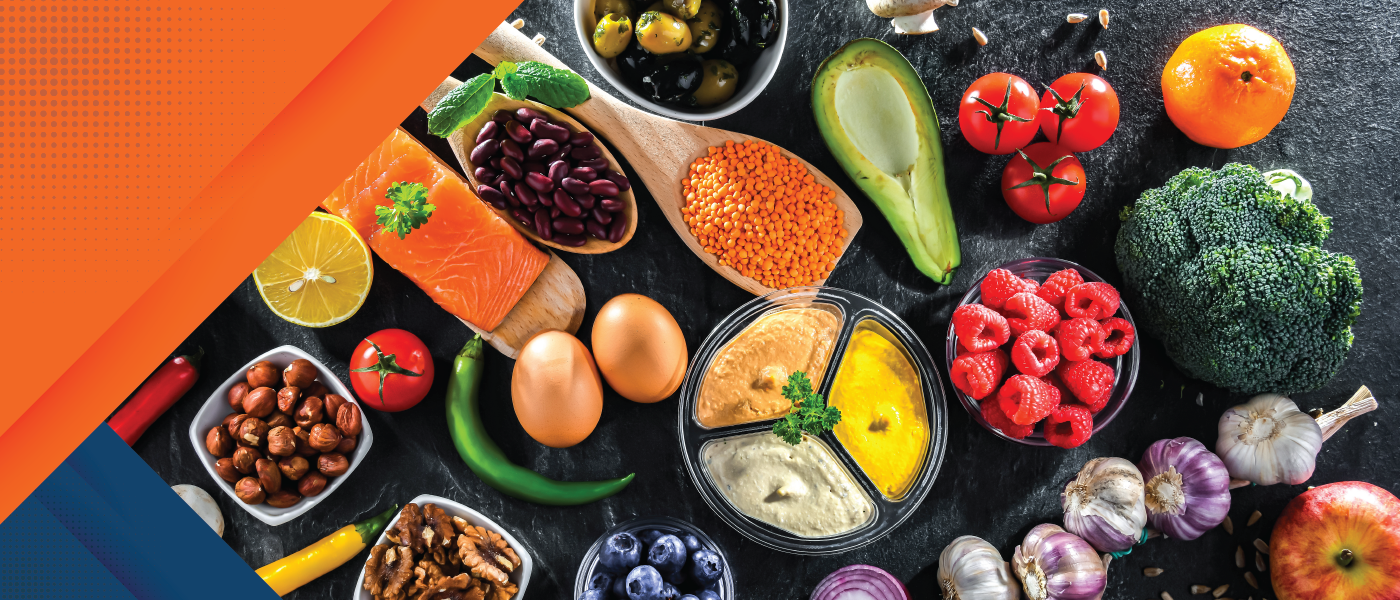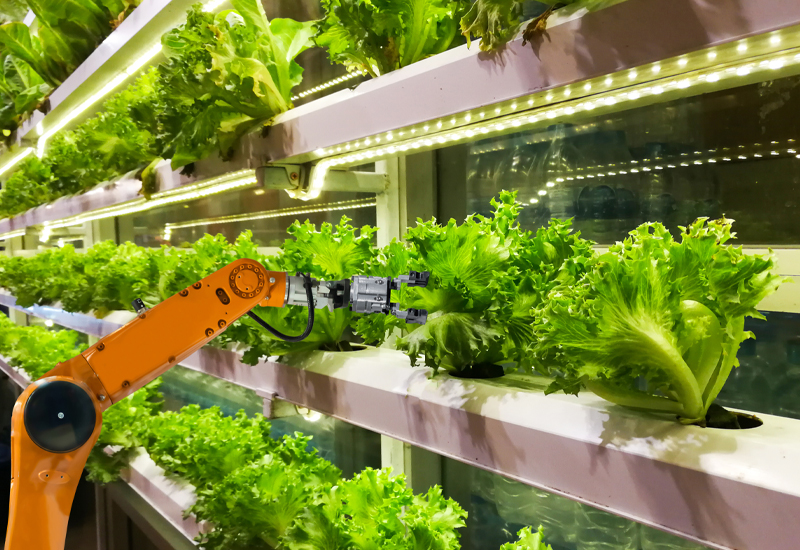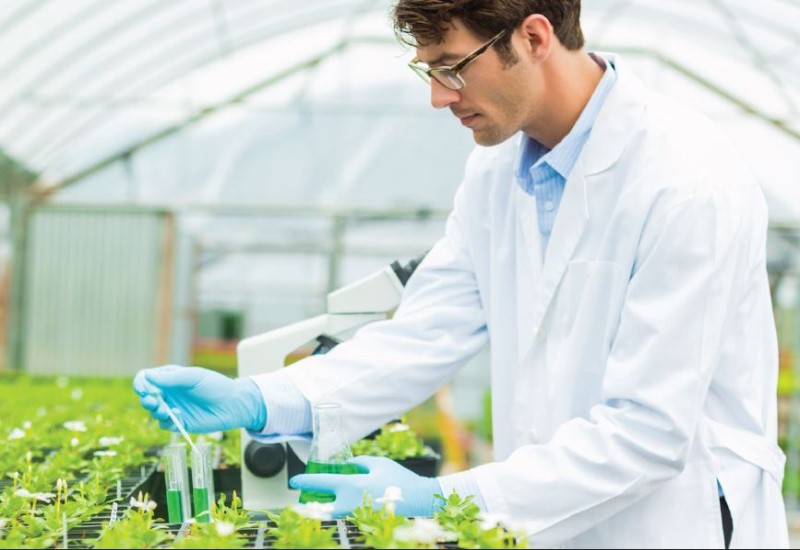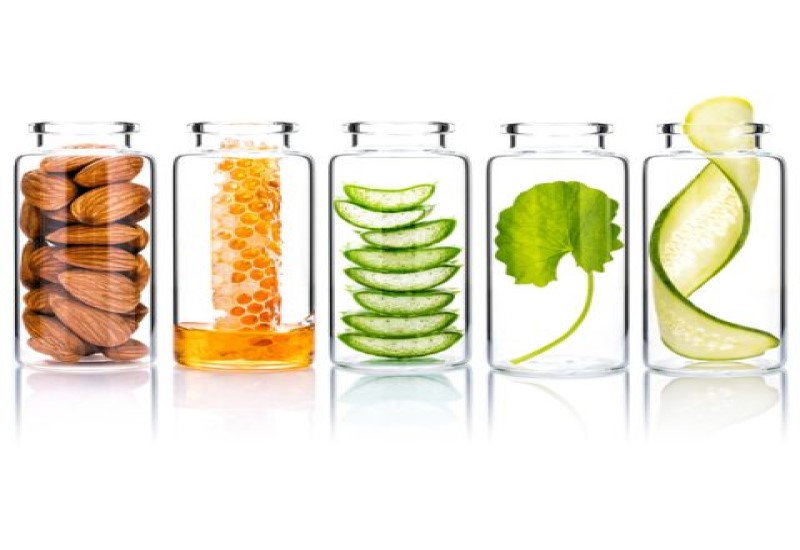






How will the emergence of eCommerce strengthen direct sales? What is the largest product segment in the region? How does the preference for fashionable, lightweight, breathable, and sustainable workwear impact sector growth?

Examine the key technology areas, major challenges, current business models, and a comparison between vertical and conventional agriculture practices. Also, explore the key regions, competitive environment, and recent investment activities.

Why should companies invest in R&D for module recycling? How do drivers and restraints impact volume and revenue growth? What are the new innovations, competitive intensity, revenue forecast, and opportunities for fluorine-free backsheets?

Transform Your Organization with the Right Communications Technology Partner and Turn Challenges into Opportunities
Disruption is not only unavoidable; it’s quite simply the “new normal.” Communications technology advancements, coupled with socio-demographic shifts such as the growing proportion of digital natives among consumers and the workforce, have transformed entire industries for the past couple of decades. However, it wasn’t until the recent pandemic that business models were disrupted on a massive scale. The widespread move to remote and hybrid workstyles wreaked havoc but created opportunities for organizations to rethink the way they operate and serve customers. Digital technology adoption skyrocketed in the past three years as business leaders strove to maintain worker productivity and effective customer engagement across expanded physical distances.
Schedule a dialog or email us at myfrost@frost.com to connect with an industry expert at no charge. We are taking unprecedented action to make our team available to help you cut through the media and politics to get factual one-to-one guidance for the issues and opportunities that matter most to your business.

How are industry convergence, R&D investment, and diversified product offerings fueling growth?
Read more Request Info
How beneficial are the circular economic business models for stakeholders across the value chain?
Read more Request Info
Examine the sector segmented by type, end users, growth drivers, novel case studies, and more
Read more Request Info
What are the key technological and product innovations across different types of biologicals?
Read more Request Info
Get an overview of the key technological developments observed across major segments
Read more Request Info
Analyze how sustainable and fermentation-derived ingredients will unleash exponential growth
Read more Request Info
Which scenarios reflect different CBD adoption and industry penetration possibilities?
Read more Request Info
How are manufacturers addressing the supply chain disruptions caused by geopolitical chaos?
Read more Request Info2022 marked another volatile year in the chemicals industry across GCC. While the industry witnessed a rebound in demand after the pandemic, new challenges emerged in the form of high raw material costs, geopolitical turbulences and continued supply chain disruptions.
Read more
The hot melt adhesives (HMAs) industry will rise by 2028 due to its multiple advantages to customers across industries, finds Frost & Sullivan’s recent analysis, Global Hot Melt Adhesives Growth Opportunities. HMAs have several benefits over other adhesive formulations, such as faster drying and setting, cost-effectiveness, and low volatile organic compound (VOC) emissions. The global HMAs sector is expected to garner $13.81 billion in revenue by 2028 from $9.03 billion in 2021, growing at a compound annual growth rate (CAGR) of 6.3%.
Read more
Frost & Sullivan’s recent analysis, Global Halal Economy Growth Opportunities, finds that the halal economy is experiencing an upward development as the demand for halal products from Muslims and non-Muslim nations increases. The main factors driving the halal industry are favorable population demographics, government policies, and private sector initiatives. Growing non-Muslim demand for halal foods will be driven by its association with safe and healthy eating, while halal fashion and tourism should also find increasing acceptance among more conservative non-Muslim consumers. The industry for the global halal economy will likely witness impressive growth, reaching $4.96 trillion by 2030 from $2.30 trillion in 2020.
The rising world population and growing protein demand drive the global aquaculture sector. The industry is a sustainable means to supply and feed the population with environment-friendly protein products. Frost & Sullivan’s recent analysis, Global Aquaculture Sector Growth Opportunities, finds that innovation in aquaculture technologies and smart farming methodologies are revolutionizing the sector and generating additional revenue streams.
The growing adoption of sustainable farming practices is expediting the agricultural biologicals industry growth, finds Frost & Sullivan’s recent analysis, Global Agricultural Biologicals Sector, Forecast to 2030. Significant push from policymakers, rising awareness among farmers, and increased investment in product development and innovations will expand the biopesticides and biostimulants segments of the agricultural biologicals sector. The demand is expected to hit $25.25 billion by 2030 from $10.88 billion in 2021, registering an impressive expansion at a compound annual growth rate (CAGR) of 9.8%.